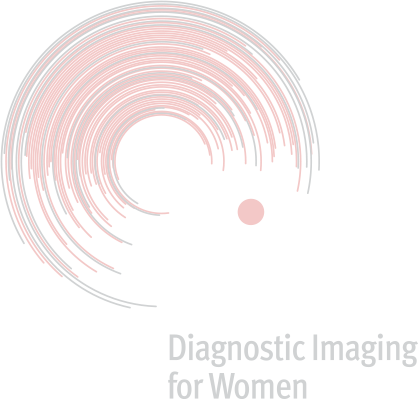Every day, women visit us at Diagnostic Imaging for Women (difw) to undergo medical imaging examinations to either exclude or diagnose female-specific disorders.
From young girls with potential gynaecological problems, to excited expectant mothers, to women having examinations to assess for the presence of breast cancer – there are many specific tests to investigate women’s health.
With the 10th annual International Day of Radiology approaching, we’re taking some time to reflect on Dr Paula Sivyer’s monumental contribution to women’s imaging and her bespoke clinical approach to each and every patient we see in our rooms.
‘We don’t adapt a one-size-fits-all approach to medical imaging, all patients seen at difw are imaged according to their individual needs’, Dr Sivyer said. ‘I perform any further necessary procedures or investigations on the same day. This means less back and fourth between us and the referring doctor, and less waiting and anxiety for patients.’
Dr Sivyer, a self-described perfectionist, says radiology is at the core of the diagnostic detective story and every case is a mystery to be solved or excluded.
'I find a tremendous sense of community connection in my work - I hold hands, talk through concerns and chat about life in general. People often find traditional healthcare confronting and it’s essential to keep their care individual and personal. Every day I work, I try to do the right thing always by my patients.’
Questions & Answers...
Firstly; why did you choose to embark on a career in Radiology?
Out of fascination for anatomy and embryology, and because Radiology has the ability to provide a more precise diagnosis and to rule out other possibilities.
When and why did you take a particular interest in Interventional Radiology?
My interest in Interventional Radiology began during radiology training as a Registrar and became amplified by my experience and further training once a Consultant. The technical improvements in imaging guidance for needle biopsy, percutaneous drainage of abnormal fluid collections, guided amniocentesis and CVS cemented my involvement and application of these techniques in women's imaging as a exciting subspecialty. It simply makes an enormous difference to the successful diagnosis and treatment of patients. This will sound arrogant, but in general Interventional Radiologists make small holes in patients, cause a small amount of pain and generally do good.
Based on your experience, what Interventional Radiology procedure do you perform the most and for what reason?
Breast imaging and intervention is a daily occurrence at my practice and has been for many years and while some of the procedures are directed for benign problems such as drainage of inflamed breast cysts and/or breast abscesses, the most common is the confirmation of early and hopefully preclinical breast cancer, because this makes an enormous difference to patients in terms of their outcomes.
What does the future of Interventional Radiology look like to you?
Radiology practice evolves over time, in the future there will be improved guidance and biopsy systems such that accuracy of diagnosis and patient comfort occupy the same space. Therapeutic Interventional Radiology is currently in use today and this role will only expand in coming years.

